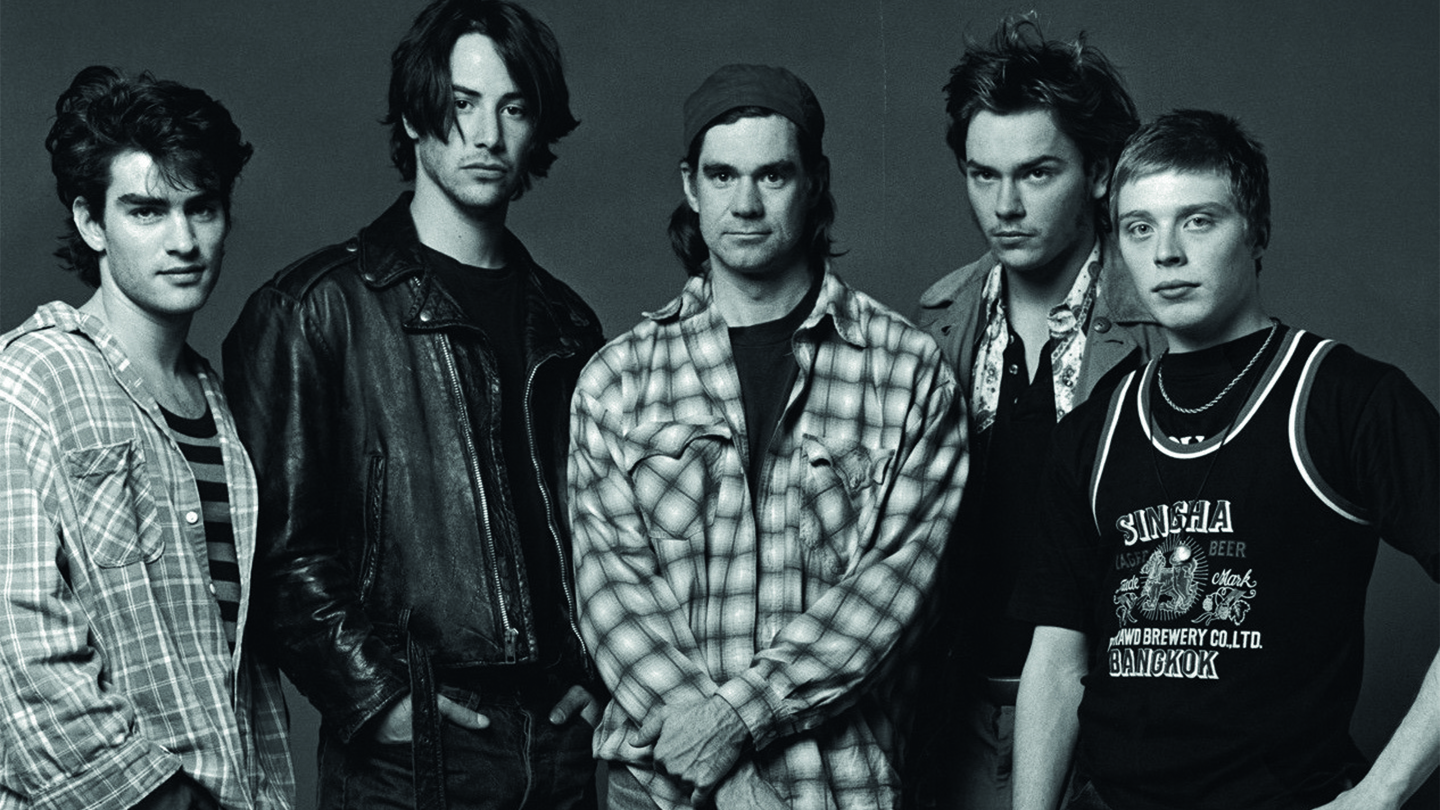This story originally appeared in i-D’s The Post Truth Truth Issue, no. 357, Autumn 2019. Order your copy here.
Gus Van Sant has spent the last 30 years crafting one of the most beguiling filmographies of any American auteur. He has won the Palme d’Or and has been nominated twice for an Academy Award for Best Director. He has made films as famed as Good Will Hunting and as shocking as Elephant, as iconic as My Own Private Idaho and as politically important as Milk. His chameleonic cinematic output has featured street hustlers, school shooters, rock stars, drug addicts and skateboarders, he’s searched for, found and explored the drama of youth, the dreams of outsiders, the power of the chosen family. But across the years Gus has also been a prolific photographer. His book 108 Polaroids is a tender document of 15 years of casting calls, a chronicle of those he’s met and worked with. Now another star has passed before his lens; Gus has shot Zoë Kravitz for one of the cover stories of this issue of i-D. We thought we’d take the opportunity to speak to the man himself…
Hey Gus, how are you today? What are you working on at the moment? I am good today. It’s my birthday, so I’m doing some birthday things.
What was it like shooting Zoë Kravitz for this issue? Zoë and I ran into each other at a party recently and had a nice moment, so I was excited to be able to take her picture for the cover of i-D. We have a number of mutual friends and she now has a husband from Portland, Oregon. It was great to be able to learn more about her – she’s a very magical person.
What do you enjoy most about photography and portraiture in particular? I don’t consider myself a very good photographer, but I have taken a lot of portraits of people as a way of remembering them. I try and use different approaches to taking a photograph, but the most successful pictures I have taken are just straight forward portraits.
Do you still shoot a lot of Polaroids? I lost my original Polaroid camera, and replaced it with another one that got broken, and now the film has been mostly discontinued, so I haven’t been shooting a lot of Polaroids recently. The pictures of Zoë in this issue were taken with a digital Hasselblad, which is somewhat similar in format.
Who is you favourite photographer? And why? I think overall my favourite is F. Holland Day, who would be considered one of the Pictorialists. They were photographers who were working a little like painters, composing and manipulating their pictures rather than using the camera in a documentary fashion.
What makes a good photograph? Usually for me it is a frozen moment, something fleeting, a look, an event, or a kind of light, a place, a person, that was only there for that small moment and will possibly never be there again.
How do you feel about Instagram and the impact it has on photography and the image? To be honest I’m not very well versed in Instagram, I started an account but have a hard time keeping it current, so I’m not sure I could say.
What’s the best piece of advice you have ever been given? One pretty good one for me has been to follow your own dreams.
And the best piece of advice you could give to anyone who would want to follow in your footsteps? Follow your dream.
So many of your films are about the ideas of youth, families, outsiders – what keeps you coming back to these stories? I think they are reflections of how I see myself, so I come back to them because it’s the things that I am relating to.
Yet your most recent film — Don’t Worry, He Won’t Get Far on Foot — was about a quadriplegic cartoonist. What drew you to this story? Originally I was asked to make a film about John Callahan, and the project had been in development for 20 years. Finally I found a way to do it, but it was a “job” at first.
Is there one actor you wish you could have worked with? He’s not really an actor, but sometimes I see people that have a kind of peaceful thing about them that I like, and right now that person would be Jimin from BTS. I’d love to photograph him too, but maybe that’s something for the future?
Credits
Archive photograph Bruce Weber
